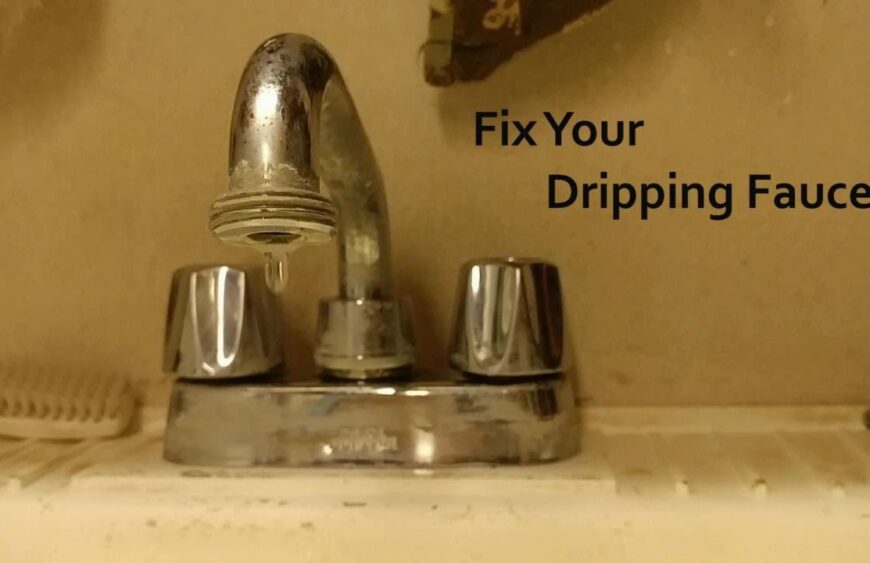A leaking or dripping laundry faucet can be a major nuisance. Not only can it cause a large water bill, but it can also be a major annoyance. Fortunately, the problem can usually be fixed fairly quickly with a few simple steps.
Identifying the Source of the Leak
The first step to fixing a leaking or dripping laundry faucet is to identify the source of the leak. If the leak is coming from the faucet itself, it is usually caused by a worn out washer or seal. If the leak is coming from the pipe connection to the wall, it is usually caused by a loose nut or pipe joint.
Replacing the Washer or Seal
If the leak is coming from the faucet itself, the most likely cause is a worn out washer or seal. To fix this, you will need to remove the faucet handle and replace the washer or seal. Here is a step-by-step guide to replacing a washer or seal:
- Turn off the water supply to the faucet.
- Remove the faucet handle.
- Remove the old washer or seal.
- Install the new washer or seal.
- Replace the faucet handle.
- Turn on the water supply and check for leaks.
Tightening the Pipe Connection
If the leak is coming from the pipe connection to the wall, the most likely cause is a loose nut or pipe joint. To fix this, you will need to tighten the nut or pipe joint. Here is a step-by-step guide to tightening a nut or pipe joint:
- Turn off the water supply to the faucet.
- Using a wrench, tighten the nut or pipe joint.
- Check the connection for any signs of leakage.
- If necessary, use plumber’s tape to seal the connection.
- Turn on the water supply and check for leaks.
Preventative Maintenance
The best way to prevent a leaking or dripping laundry faucet is to perform regular preventative maintenance. This includes checking the faucet and pipes for any signs of wear and tear, and replacing any worn out parts as soon as possible. It is also important to regularly check the connections for any signs of leakage, and to make sure they are properly tightened.
Conclusion
A leaking or dripping laundry faucet can be a major nuisance. Fortunately, the problem can usually be fixed fairly quickly with a few simple steps. Identifying the source of the leak is the first step, followed by replacing the washer or seal, or tightening the pipe connection. Regular preventative maintenance is also important in order to prevent future leaks.









